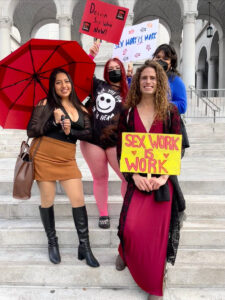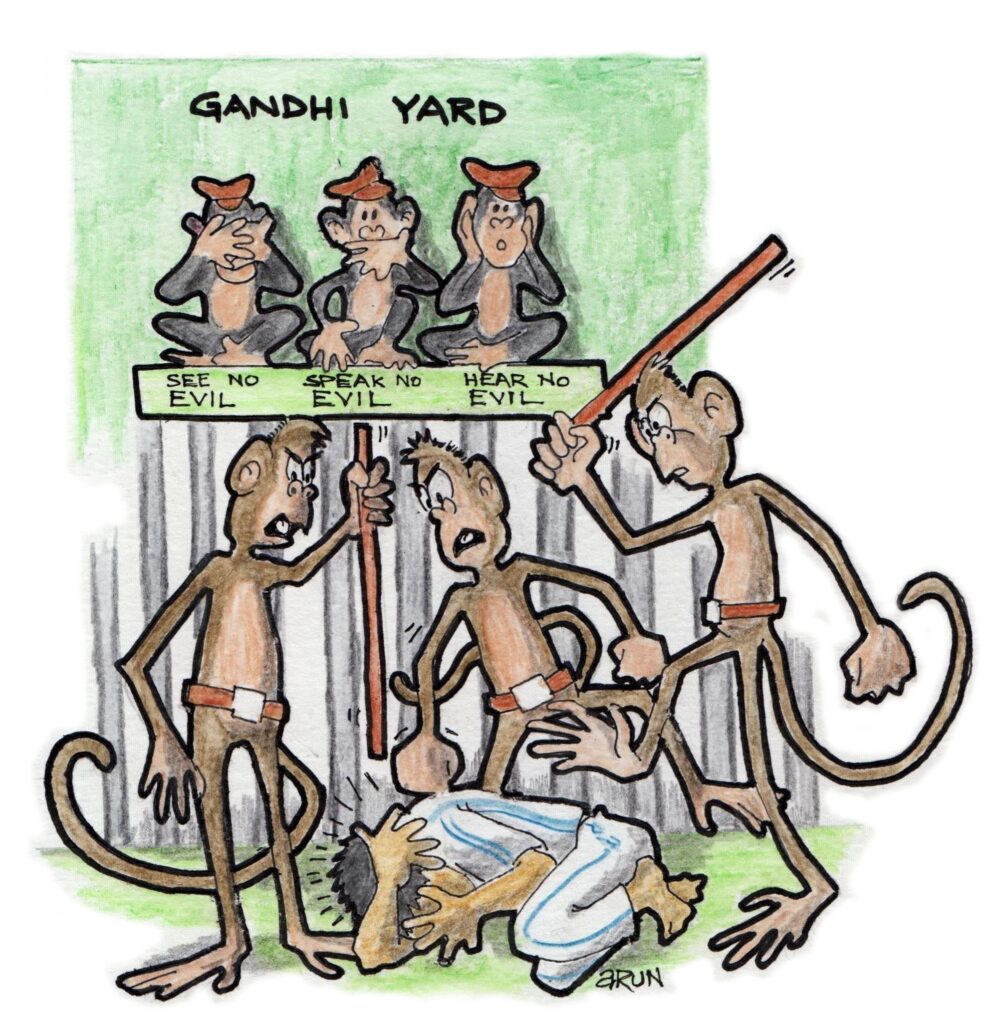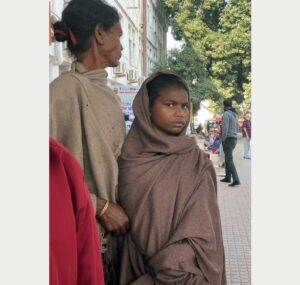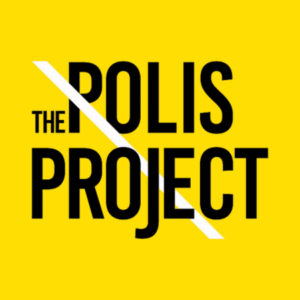
BK-16 Prison Diaries: Varavara Rao on prisons as institutions of corruption, sadism and dehumanisation

To mark six years of the arbitrary arrests and imprisonment of political dissidents in the Bhima Koregaon case, The Polis Project is publishing a series of writings by the BK-16, and their families, friends and partners. (Read the introduction to the series here.) By describing various aspects of the past six years, the series offers a glimpse into the BK-16’s lives inside prison, as well as the struggles of their loved ones outside. Each piece in the series is complemented by Arun Ferreira’s striking and evocative artwork.
The term “correctional institutions,” as prisons are sometimes known, is actually a misnomer. It would be more appropriate to term them institutions of sadism, dehumanisation and corruption, given that the whole system is rooted in these practices. The state does not in fact want the prisons to be correctional institutions like those shown in the Hindi films Do Ankhen Barah Haath or Bandini. The jail officials, however, understand the prisons as actually envisioned by the state, and they act accordingly. Though they are given uniforms like the police outside, they don’t enjoy the same power. Yet, they always compare themselves with their police equivalents in nomenclature, referring to those higher in the hierarchy as superintendents and deputy superintendents, and those in the lower ranks as sipahis, like the police constables. But while the police are given such enormous powers to deal with people—rich and poor, senior or not—the prison staff…
Related Posts


Donald Trump’s Master Economic Plan I Opinion by Yanis Varoufakis




